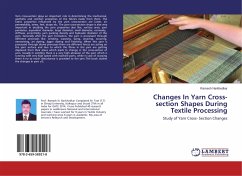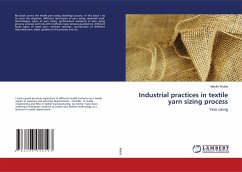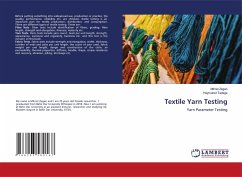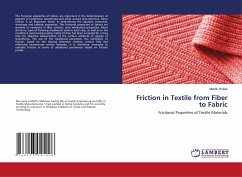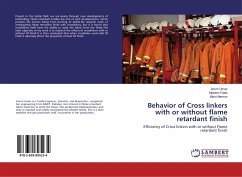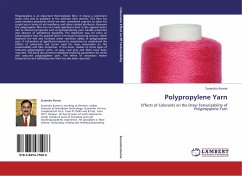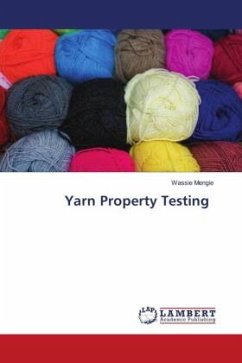Yarn cross-section plays an important role in determining the mechanical, aesthetic and comfort properties of the fabrics made from them. The fabric properties influenced by the yarn cross-section are luster, air permeability, stress, feel, drape etc. The yarn cross-section shape is also very important in deciding the yarn properties also like, surface area; yarn perimeter, equivalent diameter, large diameter, small diameter, convexity, stiffness, eccentricity, yarn packing density and hydraulic diameter of the yarn. Generally after the yarn formation, the yarn is processed through different processes like: winding, warping, sizing, weaving, scouring, mercerizing, jet dyeing, jigger dyeing and finishing. When this yarn is processed through above processes there are different forces are acting on the yarn surface and due to which the fibres in the yarn are getting displaced from their place which leads to change in the cross-section of yarn. Usually in winding there is a very highabrasion of the yarn which is running with very high speed with machine parts, while in case of warping there is no so much disturbance is provided to the yarn.This book studies the changes in yarn c/S.
Bitte wählen Sie Ihr Anliegen aus.
Rechnungen
Retourenschein anfordern
Bestellstatus
Storno

